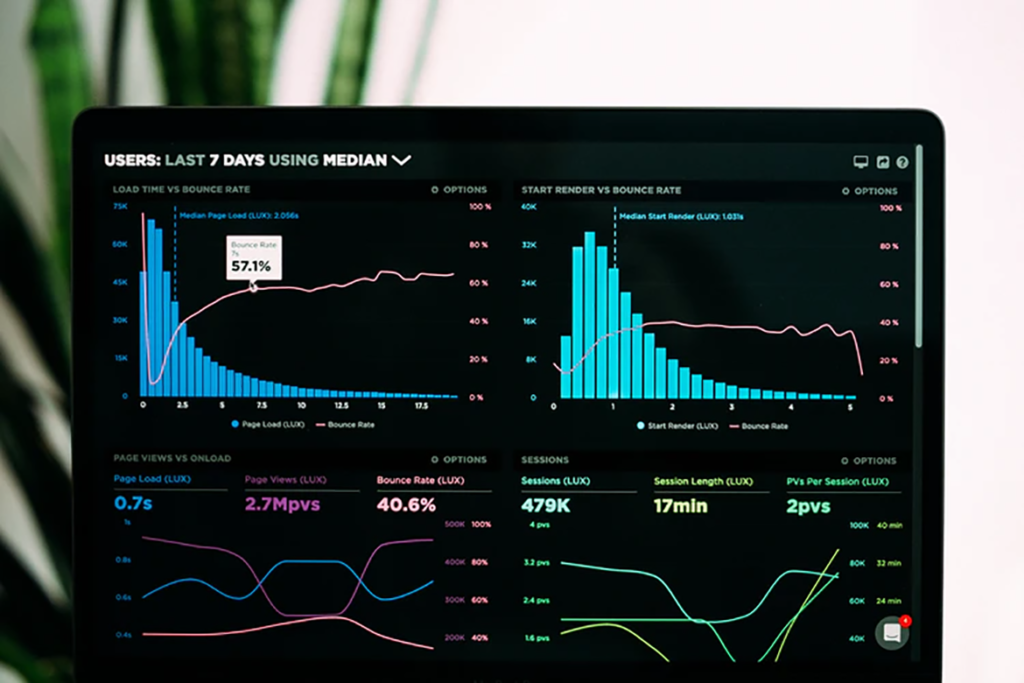
 Membership TodaySign Up Now
Membership TodaySign Up NowThe Importance of Video Marketing Metrics
Metrics are required for any programmatic campaign. Metrics will determine the success and ROI of any campaign, whether it is video, native, display, audio, or another channel.
Video metrics assist you in optimizing and improving your video campaigns. Only by tracking views, completion rate, and other metrics can you identify the weaknesses and strengths of your video and make any adjustments needed.
Everyone knows that conversions are the most important metric to track, but today we’ll look at the other video advertising metrics you should pay attention to that will make or break your ad’s ability to generate conversions.
1. Completion Rate and Watch Time
These two metrics go hand in hand and determine how much of your video a viewer watches. These rates help determine how engaging your content is to your target audience. The length of time a viewer spends watching your video is measured by the watch time. The completion rate is the number of people who watch it all the way through.
The goal is to gain a high completion rate and high watch time. If those metrics are good, you know your video campaign is engaging.
Telling rather than showing is one of the most common mistakes in video advertising. Viewers will not be captivated by just the benefits of your product or service. Create captivating content that engages customers. Align your messaging with the profiles of your customers, and use humor and entertainment to keep their attention.
2. CPCV (Cost Per Completed View)
The payments made by an advertiser to the publisher once a video has been watched all the way through is known as the cost per completed view (CPCV).
The cost per completed view (CPCV) is calculated by dividing your total ad spend by the number of completed video views. Native outstream is typically priced at $0.02, while CPCV is typically priced between $0.10 and $0.30. If your CPCV is high, something isn’t working. Rethink your creative, video format, and distribution strategy.
To maintain a low CPCV, test a variety of formats, video lengths, and distribution channels. However, each campaign is unique and requires A/B testing and ongoing enhancement.
Tracking Additional Video Metrics
When analyzing video marketing data, start with watch time, completion rate, and CPCV. When you’ve mastered these, you’ll be able to dive deeper into your data. Here are a few metrics to consider when fine-tuning your video campaigns:
3. Video starts
This metric answers the question, “How many times has your video been started?” Video starts help determine how many people saw your video, but not how long they watched it or how engaged they were.
4. Quartile completion
It tracks how many times an ad clip was played until the end of the first quarter of the video. This metric can assist you in comprehending video dropoff: the point at which viewers lose interest in your ad. If a user does not complete the ad, you can retarget them with relevant messaging to bring the story to an end.
5. Completes
This metric displays the number of times your video was watched completely. This metric differs from the completion rate. The completion rate is a percentage, whereas the total number of completes is expressed as a number.

Best platform to start your video campaign
With over 2 billion monthly users, it’s easy to see why you should start advertising on YouTube.
You can also target ads to specific channels and videos on YouTube. With a bit of research, you can place your ads on popular videos to reach a relevant audience. Tubesift can also help you with that.
Tubesift allows you to quickly extract large lists of highly relevant and popular YouTube videos and begin showing your ads on all of them in minutes. Collect relevant videos without going through the time-consuming process of manually identifying them one at a time.
Precision targeting results in higher conversion rates, lower costs, and maximum ROI. Begin your video marketing campaign on YouTube and gain access to the massive audience of the world’s second-largest search engine.
 Membership TodaySign Up Now
Membership TodaySign Up NowResources
- Video Marketing Metrics You Should Care About (Other Than Conversions) from Business 2 Community
- Why Every Brand Needs a YouTube Ad Strategy from the Tubesift Blog
- How to Reach Eager Audiences with YouTube Ads from the Tubesift Blog
- 4 Tips To Maximize Your Video Ad Results from the Tubesift Blog
- 4 Tips to Thrive in the Future of Video Advertising from the Tubesift Blog



Comments are closed.